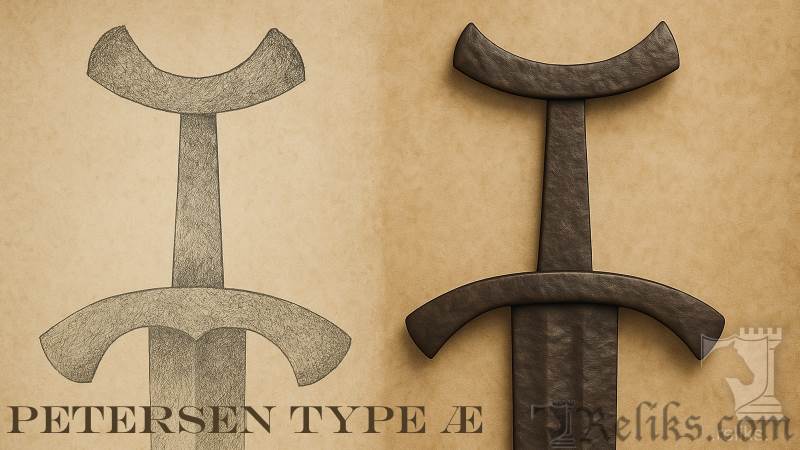
Viking Sword Type Æ — Last of the Viking Swords
Posted: September 25, 2025
Type Æ Viking swords, with curved guards and no pommel, mark the late 10th century. Transitional weapons bridging Viking tradition and medieval design.
read more »
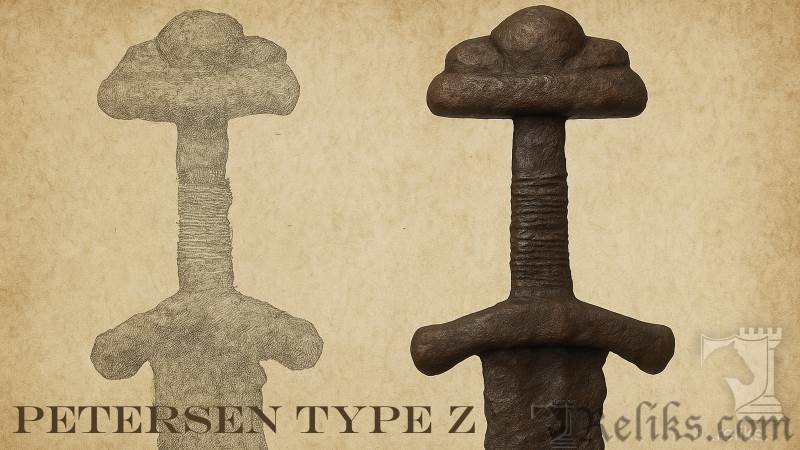
Viking Sword Type Z – 10th Century Transition Hilt
Posted: September 25, 2025
Viking Sword Type Z—curved guards, silver wire ornament, and hints of medieval design. A weapon at the crossroads of Norse and continental worlds.
read more »
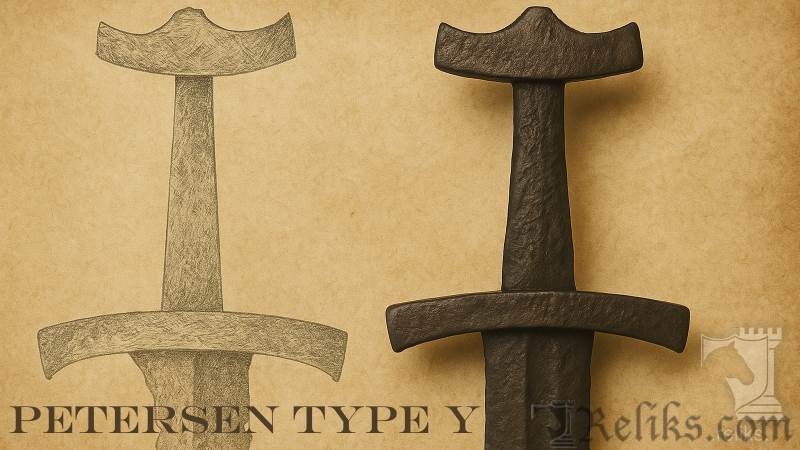
Viking Sword Type Y – The Viking Age Crest-Hilt
Posted: September 25, 2025
Type Y swords, with their crest-like upper guard and long sweeping lowers, defined the late Viking Age. Discover their origins, finds, and cultural role.
read more »
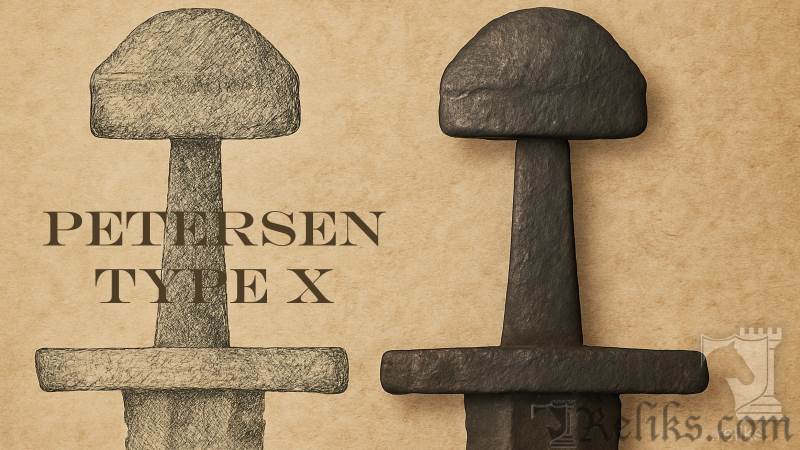
Type X – The Late Viking Half-Round Pommel Sword
Posted: September 25, 2025
Ubiquitous late-Viking swords with a single-piece half-round upper and long lower guard. Begins early 10th century, runs into the 11th, pan-European spread
read more »
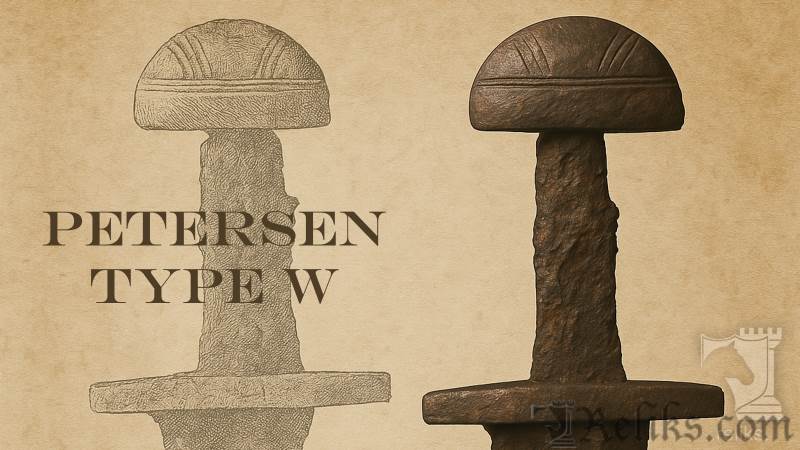
Viking Sword Type W – The Bronze Ghost Pommel
Posted: September 25, 2025
Rare Viking swords with a one-piece cast-bronze guard-and-pommel. West Norway & Trøndelag finds, c. 900–950, with distinctive incised ornament.
read more »
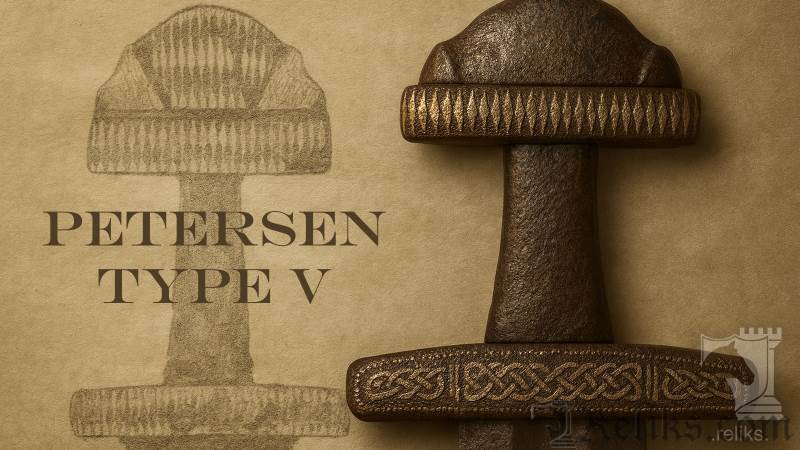
Viking Sword Type V -Tripartite Pommel
Posted: September 25, 2025
Learn about Viking Sword Type V, a rare West Norwegian sword style with tripartite pommels and stepped bronze ornament, dating to the early 10th century.
read more »
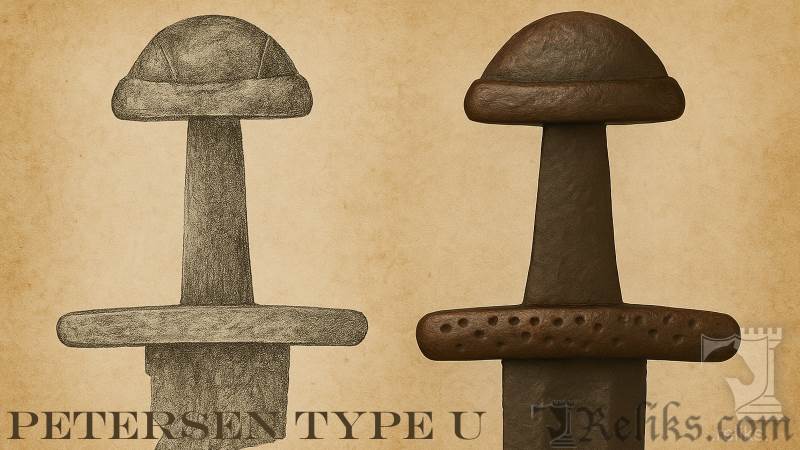
Viking Sword Type U (Simplified Late 10th Century
Posted: September 25, 2025
Viking Sword Type U is a rare late 10th-century form with straight guards, tripartite pommels, and restrained decoration. Learn its history and role in the changing Viking world.
read more »
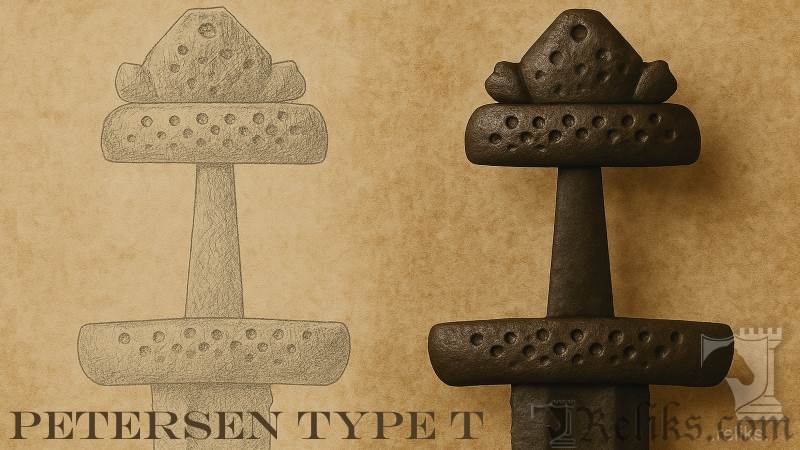
Viking Sword Type T (Late 10th Century)
Posted: September 25, 2025
Viking Sword Type T were late 10th-century hilts with tripartite pommels, silver ornament, and inscriptions like Ulfberht and Rex. Explore finds from Hedmark and Telemark, origins, and dating.
read more »
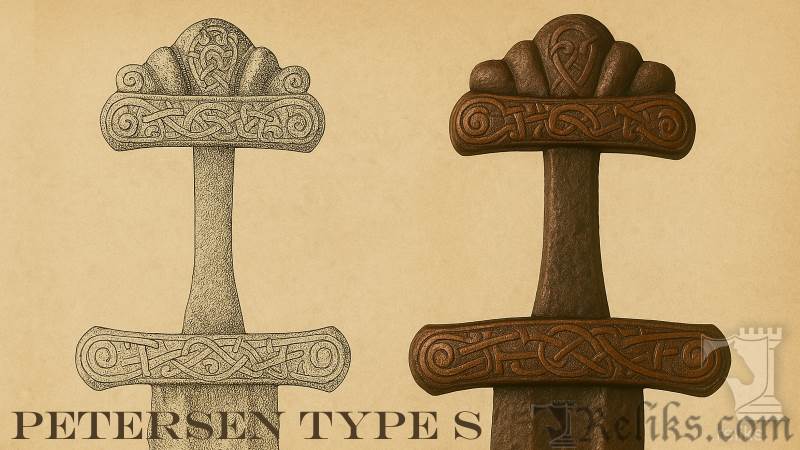
Viking Sword Type S (10th century)
Posted: September 25, 2025
Viking Sword Type S has heavy silver-clad hilts, globular tripartite pommels, and Ulfberht blades. Distribution, dating, and origins across Norway and the North in the 10th century.
read more »
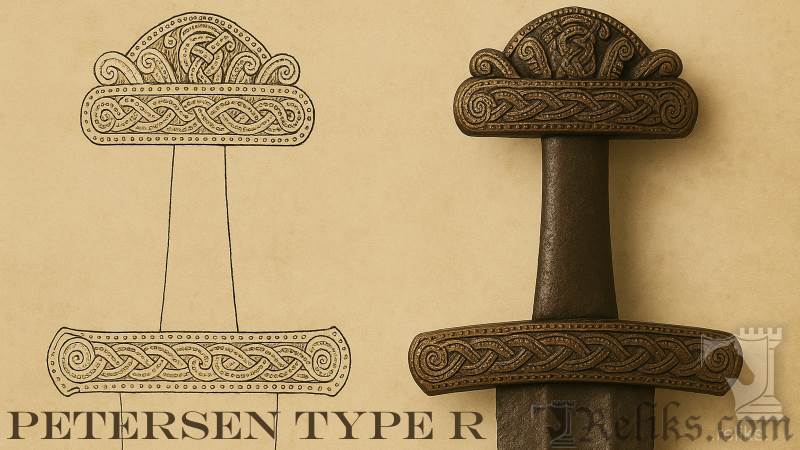
Viking Sword Type R (10th Century)
Posted: September 25, 2025
The Viking Sword Type R, is a rare 10th century sword with elaborate silver ornament and Ulfberht inscriptions. Learn about its foreign origins, distribution, and role as an elite prestige weapon.
read more »
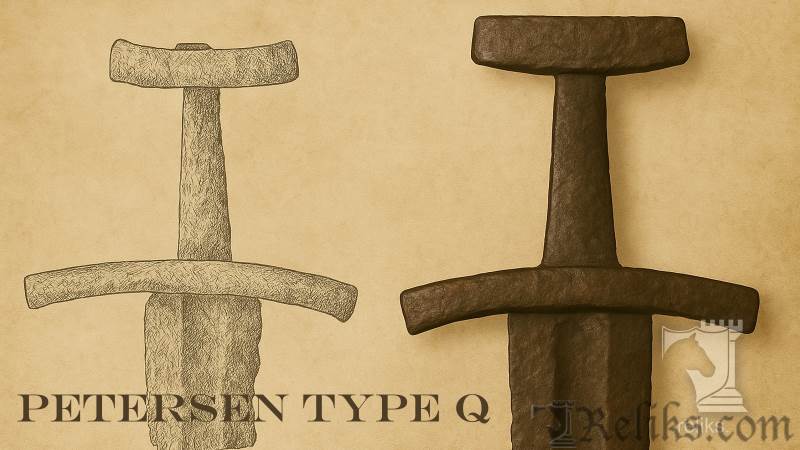
Viking Sword Type Q (10th Century)
Posted: September 25, 2025
The Viking Sword Type Q, a widely used 10th century sword with curved guards and no pommel. Learn about its design, eastern Norwegian distribution, and role in the late Viking Age.
read more »
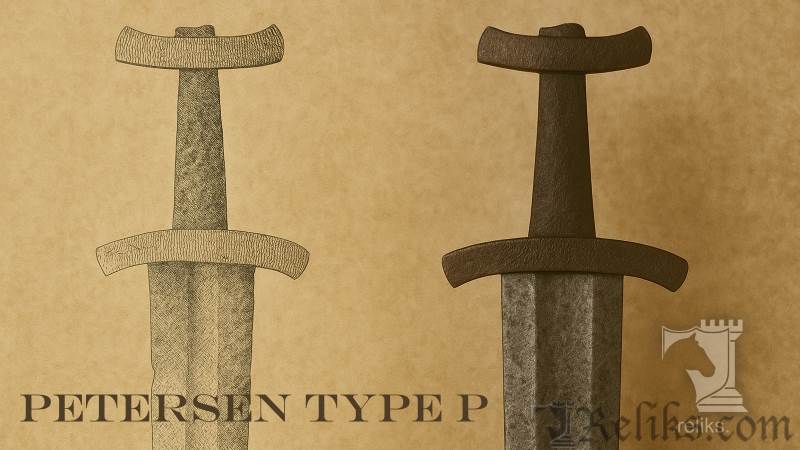
Viking Sword Type P (Early 10th Century)
Posted: September 25, 2025
The Viking Sword Type P, are a rare and refined early 10th century design. Learn about its peaked guards, metal fittings, coastal distribution, and role in the evolution of Viking weapons.
read more »
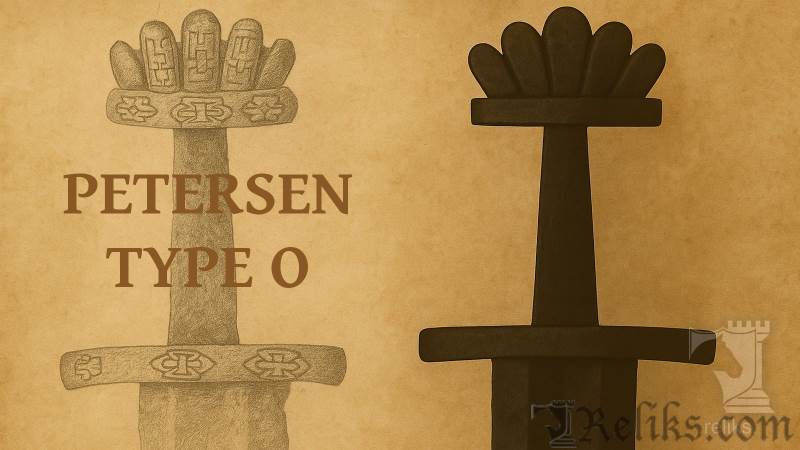
Viking Sword Type O – 10th C. Five-Lobed Pommel
Posted: September 25, 2025
Viking Sword Type O, famed for its five-lobed pommel and Ulfberht blades. A hallmark of the early 10th century and coastal Norway.
read more »
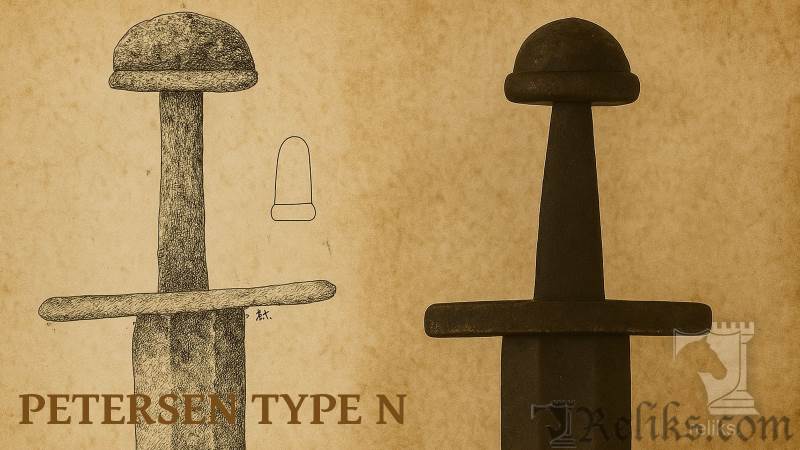
Viking Sword Type N (Late 9th Century)
Posted: September 24, 2025
The Viking Sword Type N, a rare Petersen typology with only seven known examples. Learn about its rounded pommel, archaeological finds, dating, and cultural context.
read more »
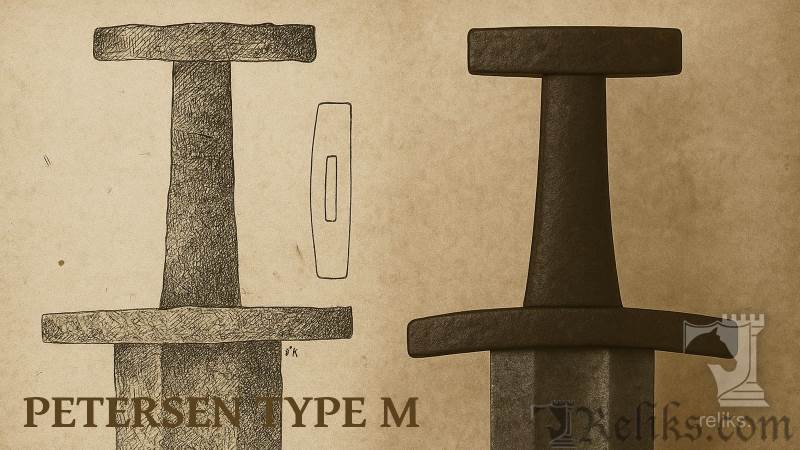
Viking Sword Type M — Common Simple Viking Sword
Posted: September 24, 2025
Explore Viking Sword Type M, Petersen’s most widespread and utilitarian design of the 9th century. Learn about its plain hilt, distribution, dating, and role in Viking warfare.
read more »
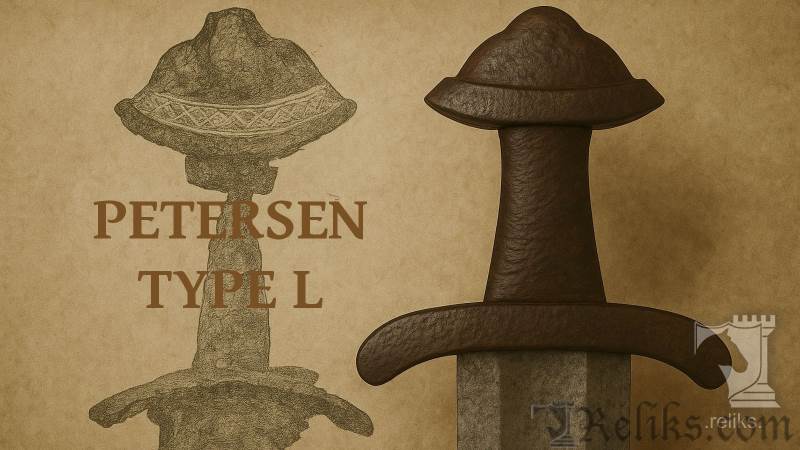
Viking Sword Type L – Curved Guards and Silverwork
Posted: September 24, 2025
Viking Sword Type L—prestige hilts with curved guards and lavish silverwork. A fusion of Norse tradition and Anglo-Saxon artistry in the late 9th century.
read more »
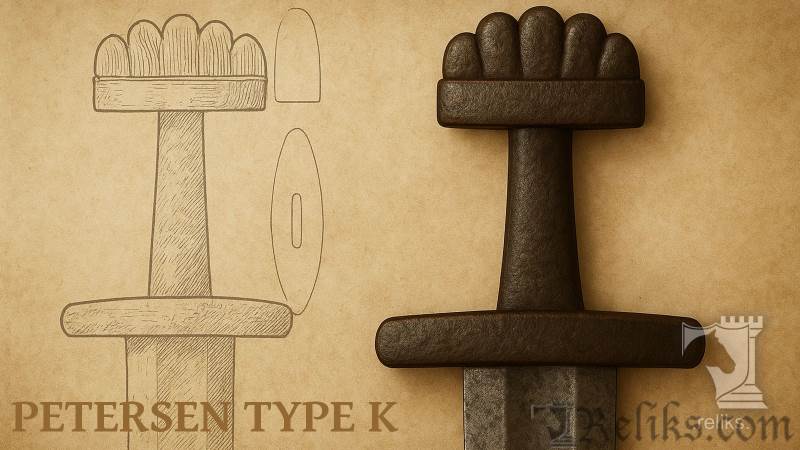
Viking Sword Type K – Five-Part Pommel
Posted: September 24, 2025
The Viking sword with a five-part crown pommel. Born in the Frankish world, embraced by Norse warriors, and transformed into a Scandinavian classic.
read more »
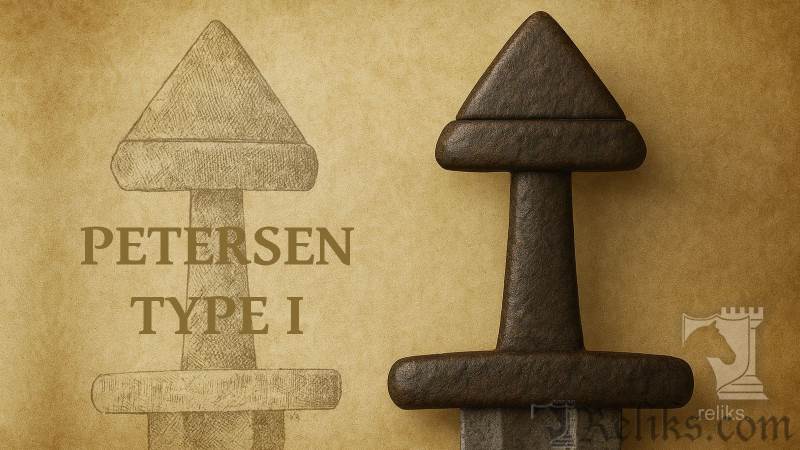
Viking Sword Type I – Slender Offshoot of Type H
Posted: September 24, 2025
Type I swords —the slender successor to the Viking Type H. Narrow guards, sharp pommel, and banded ornament mark its place in the later 9th century.
read more »
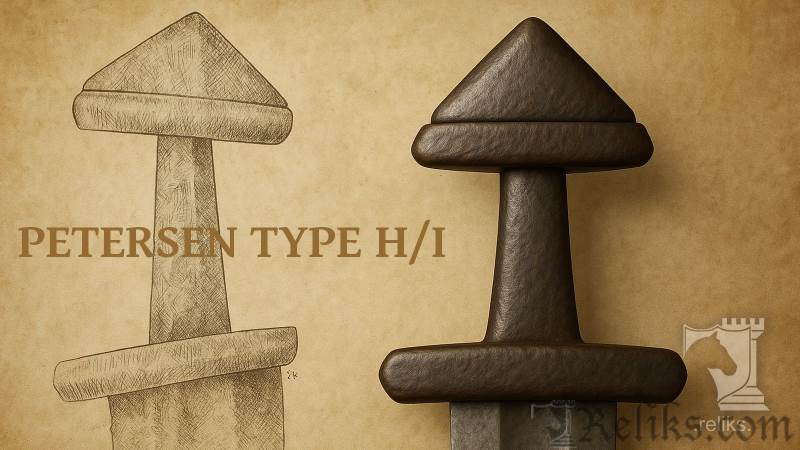
Viking Sword Type H/I – Workhorse of c. 800–950
Posted: September 24, 2025
Type I refines Type H with flatter guards and cleaner lines, carrying the band-inlay tradition into the later 9th and 10th centuries.
read more »
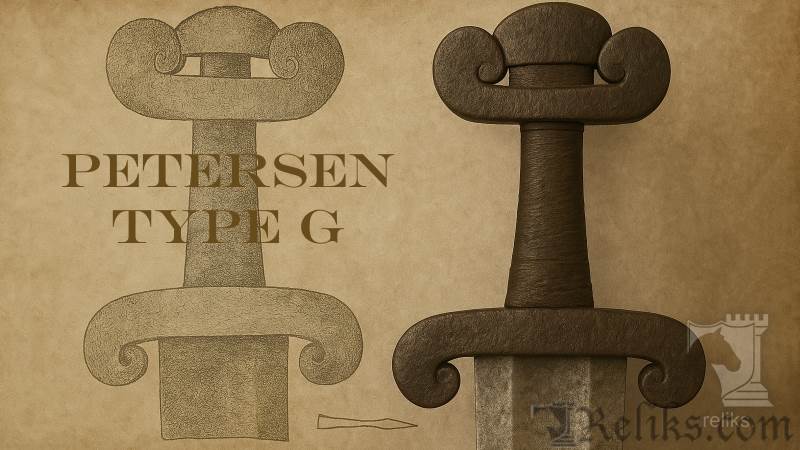
Type G – Rare Experimental Early Viking Swords
Posted: September 23, 2025
Viking Sword Type G is one of the rarest Viking swords, with spiral guards and block pommels, found only in a handful of early 9th-century examples.
read more »
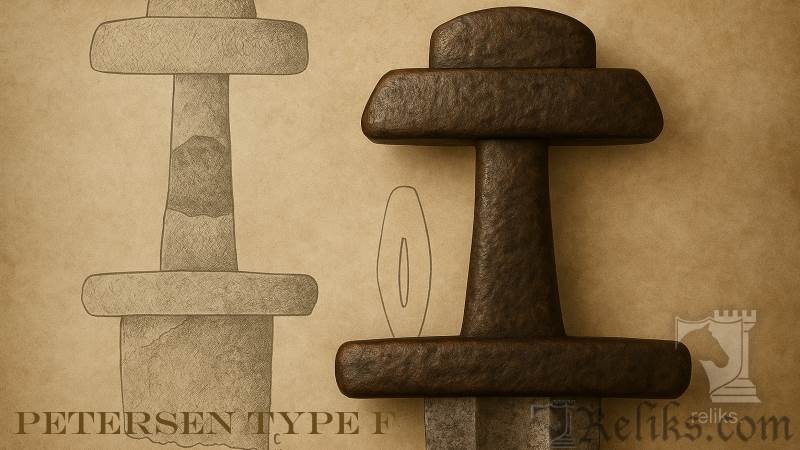
Viking Sword Type F – Practical Early Form
Posted: September 23, 2025
Explore Type F, the simple Viking sword with plain iron pommel and single-edged blades — a practical weapon of the early 9th century.
read more »
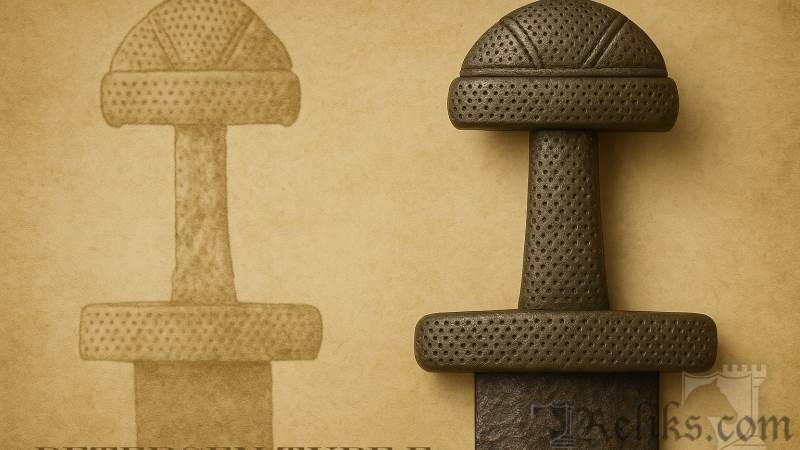
Viking Sword Type E – Decorated Expansion Swords
Posted: September 23, 2025
Discover Type E, the decorated Viking sword with bronze and silver ornament, found across Scandinavia and even Ireland during the early 9th century.
read more »
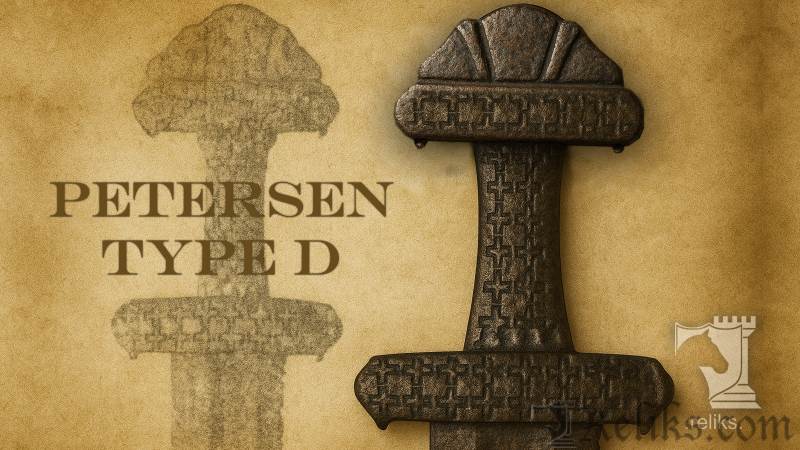
Viking Sword Type D – Viking Age Ornamentation
Posted: September 23, 2025
Explore Type D, the richly ornamented Viking sword with animal-head motifs and bronze inlays — a weapon of status in the early Viking Age.
read more »
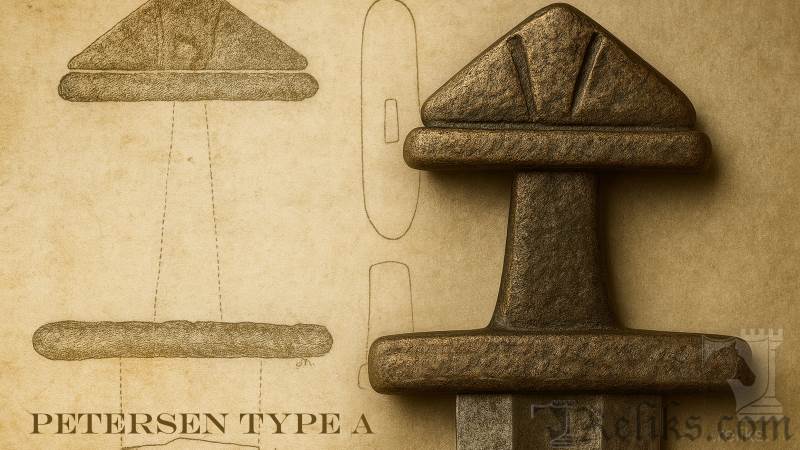
Sword Type A – Earliest in Petersen's Typology
Posted: September 23, 2025
Explore Viking Sword Type A, one of the earliest forms in Petersen’s typology. Simple, light, and rare, it marks the transition into the Viking Age.
read more »